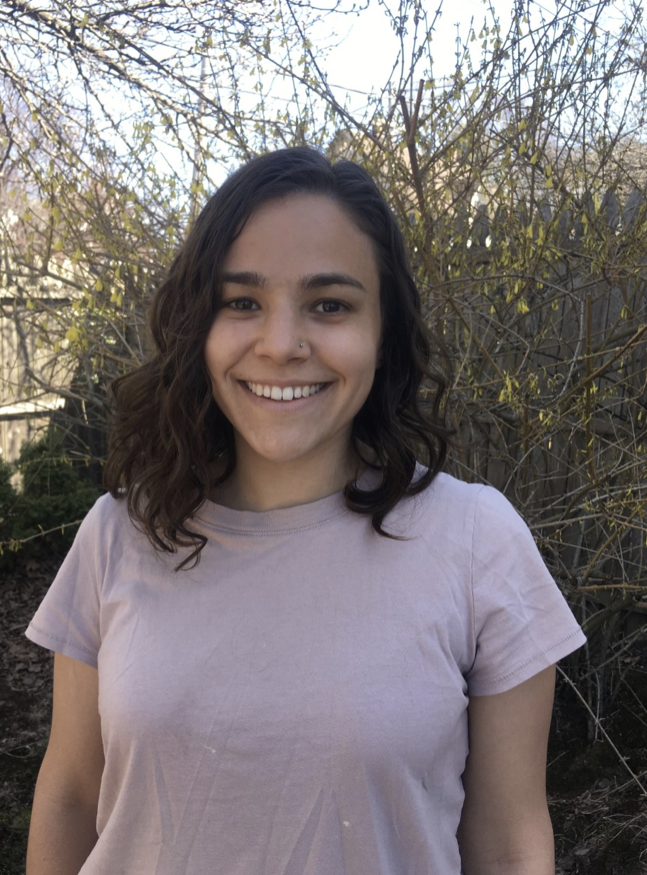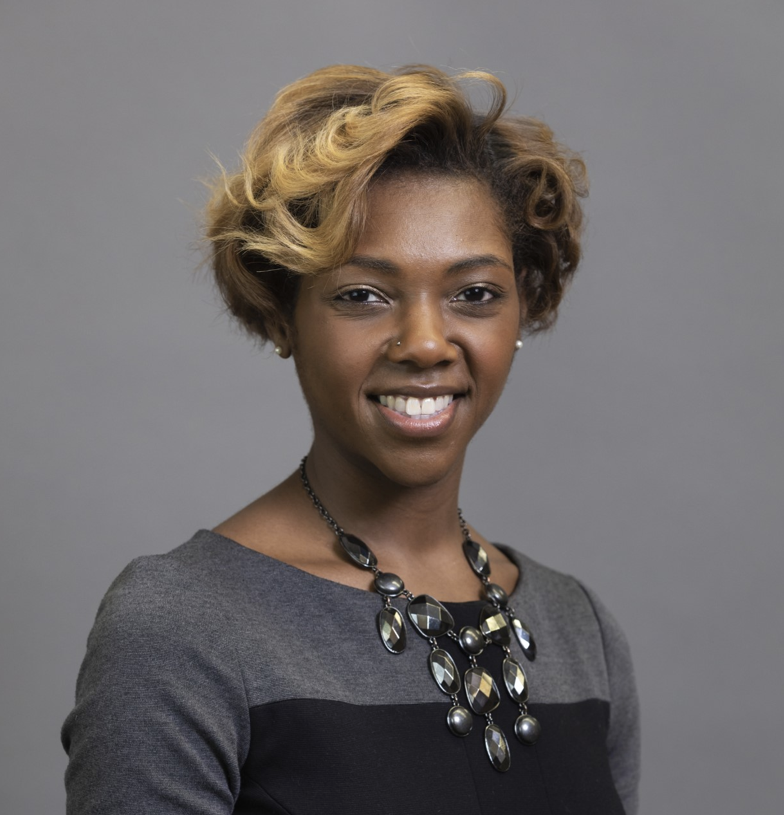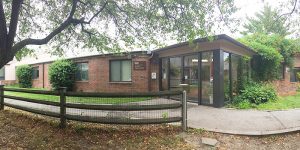By Leah Kirsch and Abby Donaghue
Since the Individuals with Disabilities Education Act (IDEA) was signed into law in 1975, children with disabilities have been guaranteed access to a free and appropriate public education. This policy was a historical breakthrough in the rights of disabled and neurodivergent Americans, including those with Autism Spectrum Disorder (ASD), quite literally opening the door to public schools for disabled students. For most affected students, IDEA is enforced by providing an Individualized Education Plan (IEP) guaranteeing service access and curriculum accommodations.
Under the circumstances of COVID-19, special education programs governed by IDEA have faced unforeseen challenges in adapting to remote learning. Online education was never considered when IDEA was written, and no amendment since has addressed this learning environment. Many of the services and accommodations guaranteed in students’ IEPs have subsequently been rendered inaccessible. While some services are weakened in a virtual format, others are impossible to provide or assess online. This is especially true of the social opportunities that are crucial to developing social and communicative skills for autistic students.
The transition into remote learning has also brought with it immense stress for youth with ASD and their families. The disruption in daily routines has been significantly distressing, as the consistency and structure that many autistic individuals thrive with have been largely lost. Parents have been tasked with recreating these routines while also taking on the role of teacher, speech-language pathologist, occupational therapist, counselor, and more. It’s an enormous challenge for many families to provide these services – without training – while balancing parenting and work responsibilities. Hardest hit have been low-income households, which are disproportionately families of color that have taken on the brunt of the economic burden from the pandemic. Parents performing underpaid essential work don’t have the opportunity to care for their children while working from home. Non-English speaking parents face additional barriers to providing these services to their children, as they can’t provide the instruction typical of English-speaking schools.
We also recognize that schools aren’t entirely to blame for the hardships families have been facing. In-person activities have been halted for the safety of everyone involved, and teachers are being stretched incredibly thin trying to adapt to entirely new instructional modalities. Still, there is room for more to be done to help autistic students and their families.
At the Crehan Lab, we are currently conducting a study on IEP satisfaction and equity across racial, ethnic, and linguistic backgrounds. Schools have the opportunity to learn so much from families’ experiences with remote learning: what worked, what didn’t, and ideas for moving forward. Yet all too often, parent concerns aren’t addressed in their child’s IEP objectives. As we leave remote learning behind, it’s crucial that schools listen to parent perspectives and take the necessary steps to support students through the transition back to in-person learning. For more information on best supporting children with ASD in returning to school, check out the following resources:
Indiana Resource Center for Autism

Leah Kirsch (left) and Abby Donaghue (right) are undergraduate research assistants at the Crehan Lab, studying social development and access to resources in the context of Autism Spectrum Disorder. Abby is a sophomore double majoring in Biopsychology and Child Study & Human Development. Leah is a junior double majoring in Cognitive & Brain Science and Child Study & Human Development.



 ABOUT
ABOUT